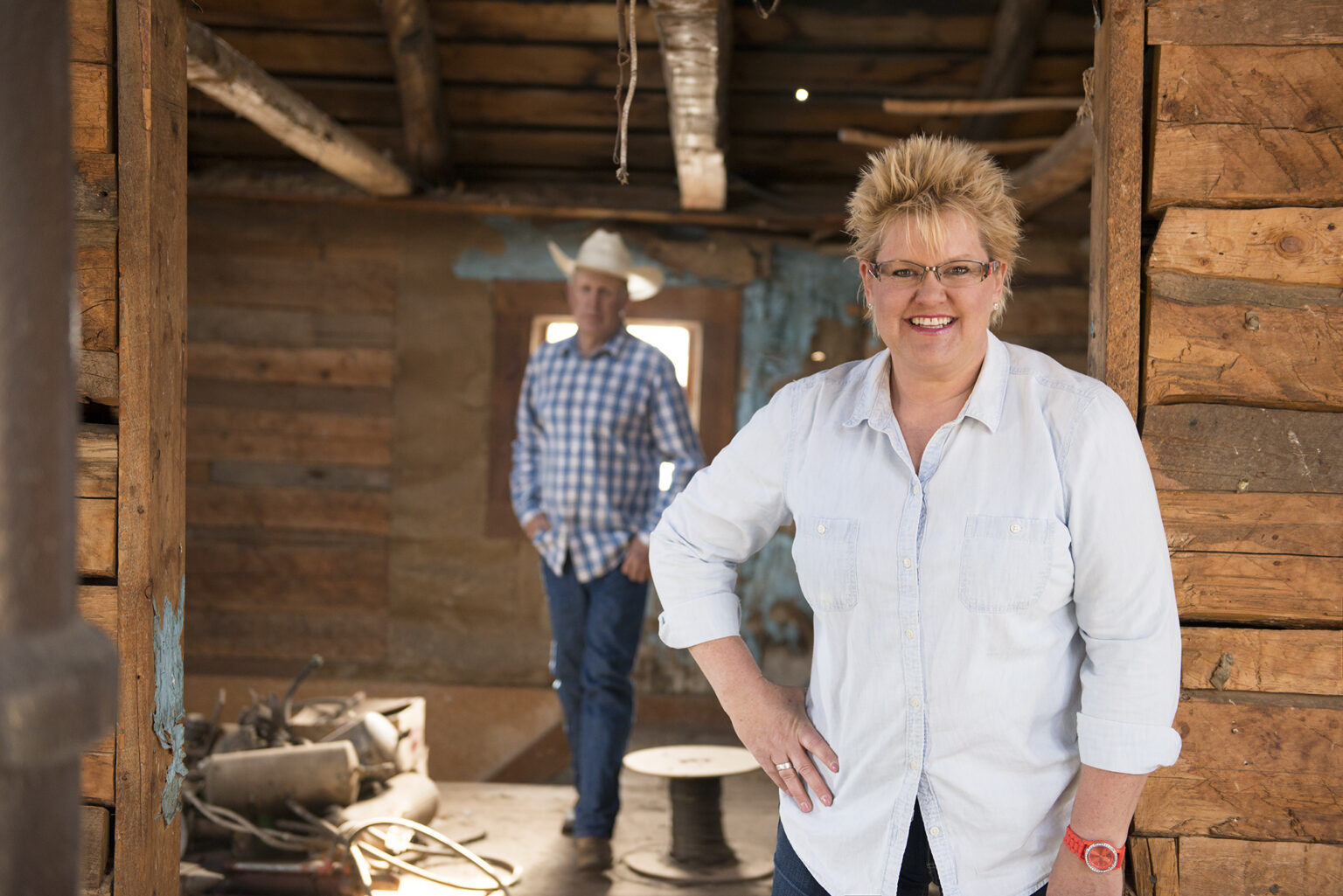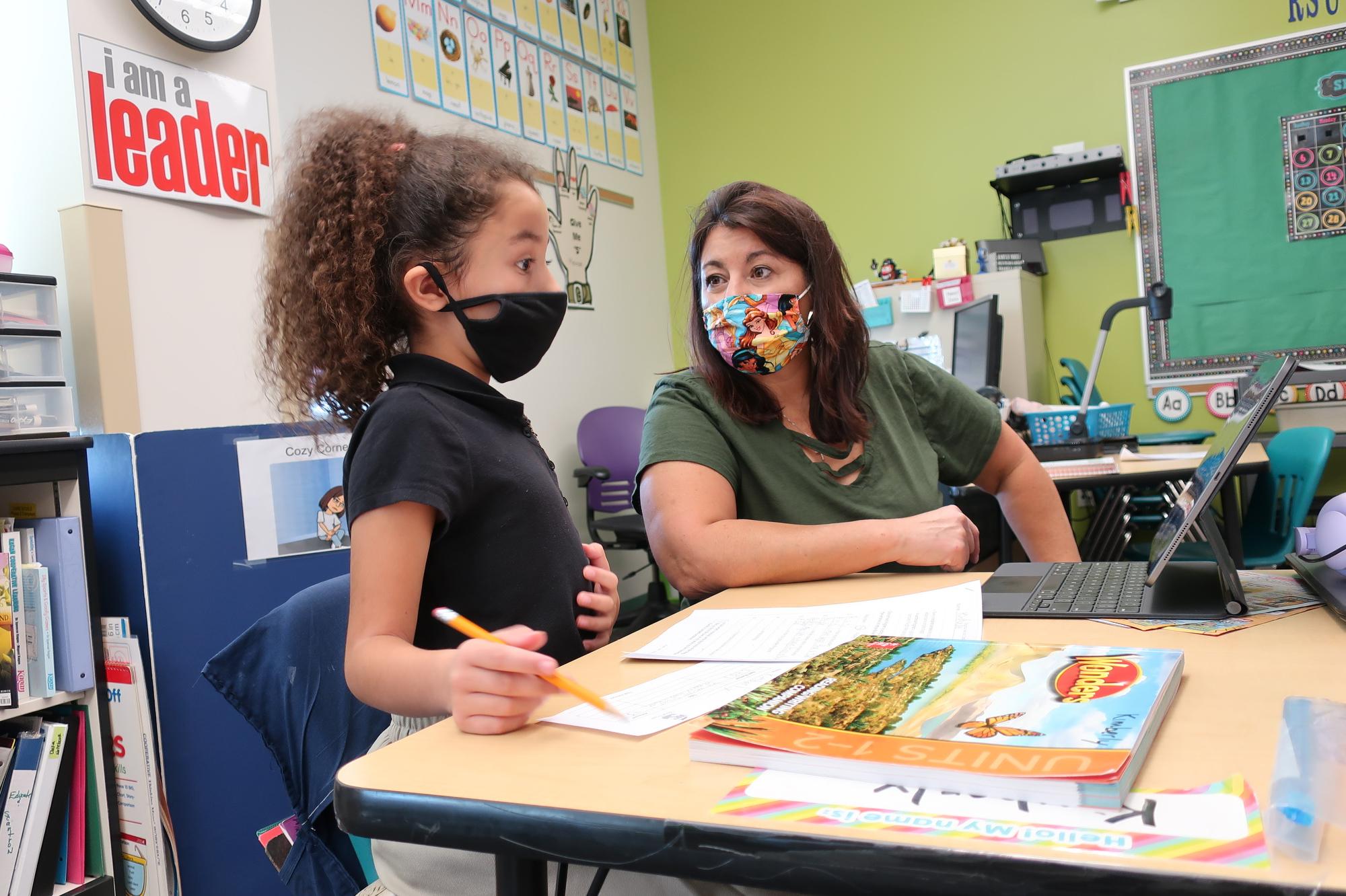
Imagine a cigarette smoker inside your child’s classroom. The smoke floats through the air, wafts around the children’s faces. You can see and smell it. The coronavirus spreads in much the same way. But we can’t see or smell the aerosols in the exhales of a COVID-19 infected child.
Thousands of the virus are produced every time an infected child talks, sings or shouts. The aerosols float and accumulate, filling a room, as children breathe in each other’s exhales. The Delta variant has 1,000 times the viral load in people as the original strain, so infection spreads much more quickly.
Schools aren’t fighting the same battle to stop infections at schools as last year, and experts say a doubling down of prevention strategies is needed.
The good news is this problem is fixable, scientists and engineers say, by filtering and ventilating the air in classrooms, cafeterias and gymnasiums. It’s one of the most powerful ways, alongside masks, to reduce the spread of COVID.
But many school districts aren’t focusing on that method of preventing COVID-19, despite hundreds of millions of federal dollars allocated for this very purpose. Colorado school districts have budgeted $88 million for air quality and spent from 1 percent to 8 percent of the federal dollars they've received on air quality improvements. Applications for school districts to receive the funding are still open.
So, what questions should you be asking your district’s administrators? Parents, teachers, students and school boards can ask these questions.
1. How is the air in your child’s classroom being filtered and ventilated?
Experts say air quality in schools has always been poor, with some classrooms at half to a third of acceptable air exchange rates, the number of times air is replaced each hour. So, the goal is to increase ventilation and filtration, especially with the Delta variant active.
Scientists and engineers make these recommendations for schools:
- HVAC systems should be set to bring in as much outdoor air as the system will safely allow.
- Experts have suggested that a minimum of 5 air changes per hour (ACH) is best.
- Schools with HVAC systems should use MERV 13 filters, the best at filtering out virus laden particles or the next highest possible — MERV 11.
- Schools with HVAC systems should open outdoor air dampers and disable demand control ventilation controls (those reduce air supply based on occupancy or temperature), said Richard Corsi, an internationally-recognized expert in the field of indoor air quality at Portland State University “We want to continue to ventilate classrooms when students are out of them for recess or lunchtime,” he said.
- Open windows (but not two right next to each other) and control flow with fans.
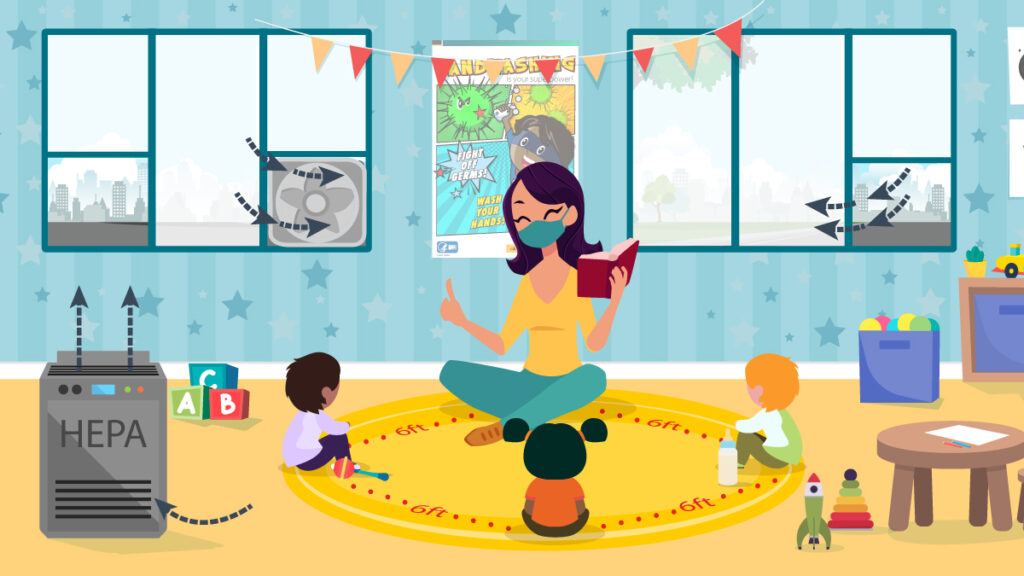
What schools may say, and how scientists and engineers respond:
Some Colorado school districts (click here for link to 25 school district responses to questions about air quality) have raised concerns that the MERV 13 filters could tax older HVAC systems. Simply put, air faces more resistance trying to flow through a MERV 13 filter. While MERV 13s are the best, Jim Rosenthal, a national expert on filtration and CEO of Tex-Air Filters, said MERV 11s for school districts are perfectly acceptable and certainly better than MERV 8s or MERV 10s.
Some school districts said upgrades are too costly, but aerosol scientists argue that there are many long-term benefits to improved air quality in school, such as lower absenteeism, lower asthma, and higher test scores. Some districts, like the Elizabeth school district, have used federal stimulus dollars to make upgrades and put portable air filter units in every classroom.
Since school has started, however, it’s too late for many schools to make expensive, high-level system changes to HVAC systems. So …
2. If your school doesn’t have high-quality air filters, has it purchased portable HEPA filtration units for classrooms, music rooms, cafeterias, and gyms?
Recommendation:
Portable HEPA (high-efficiency particulate air) filters are a quick, moveable, efficient, and relatively cheap solution for individual classrooms and rooms.
These units can remove more than 99 percent of dust, pollen, mold, bacteria, and the tiny airborne particles associated with the coronavirus.
In a classroom of kids wearing mediocre masks that has a good portable HEPA unit, there is a 92 percent reduction in inhaled dose of virus-laden particles, said air quality expert Corsi.
What schools may say, and how scientists and engineers respond:
Some schools worry that portable filters will affect the airflow of the centralized HVAC system. Most air quality experts, on the other hand, have promoted HEPA filters to supplement ventilation rates.
“They can only help,” said Mark Hernandez, professor of civil engineering at CU Boulder, who has studied HEPA filters in classrooms extensively. “There is really no downside with respect to room air patterns and recirculation.” He said, however, to make them work to their full potential, they need to be thoughtfully installed.
Some schools are concerned they are too noisy, too difficult to maintain and too costly. Environmental engineers CPR News spoke to for this story dismissed many of those concerns. Teachers in a Denver pilot study said they weren’t too noisy. A filter takes a few minutes to change out and lasts all year, and the annual cost is about $10 per student including maintenance and filter replacement.
When weighing costs, experts said it’s important to calculate the costs of inaction.
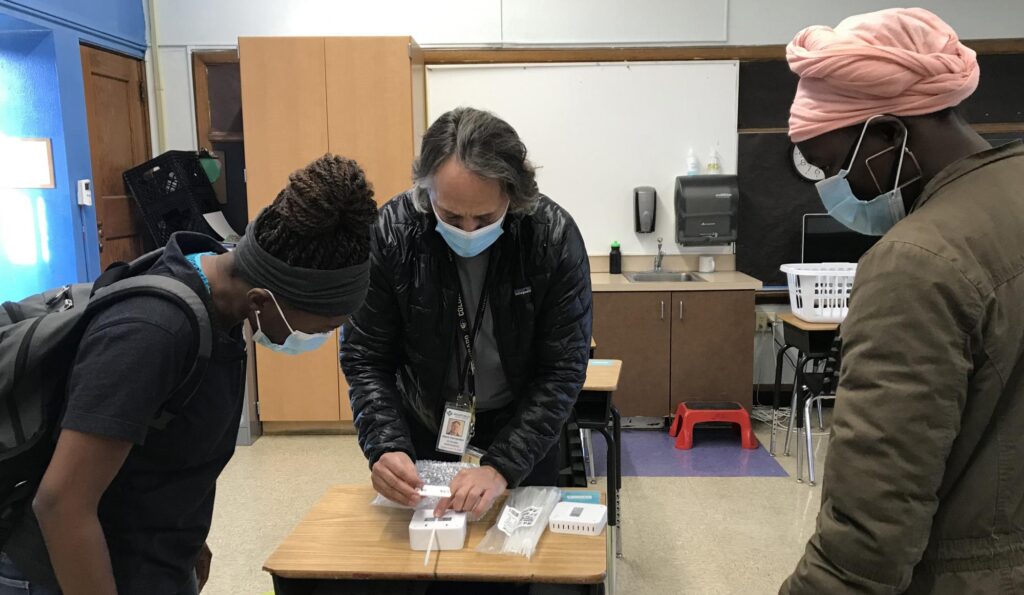
How can schools get the portable units?
State lawmakers dedicated $10 million for school grants to purchase portable air filter units for an estimated 15,000 classrooms. Colorado schools have until Sept. 10 to apply for the grants. Districts can also apply for reimbursements for purchased units - and can also recover costs through federal stimulus dollars.
3. If schools say they can’t supply classrooms with a portable air filter unit, are students willing to build one?
Recommendation:
Students, teachers and parents can build their own simple, low-cost box filter fan that is remarkably efficient at filtering airborne virus particles. The Corsi/Rosenthal box, named after its inventors, takes a box fan, duct tape and four or five MERV 13 filters. It costs less than $100. Another simpler version has one fan and one filter. DIY box fan air cleaners have been studied in classrooms and found to be efficient and effective at filtering out airborne particles, and are safe, relatively quiet, and scalable.
“If you can seal a box, you can make a Corsi/Rosenthal box air cleaner,” said Jim Rosenthal, of Tex-Air Filters. He said laboratories tested the DIY units and they meet safety limits, such as the motor overheating.
What schools may say:
We don’t know how to make them.
How to build one:
The fan pulls air through, the filter (i.e. MERV-13 or better) takes the virus-laden airborne particles out. Here are more resources on how to build such a unit.
“You could have 10-year-olds doing a science project and making something that would make their classrooms safer and reduce any viral count that’s in the classroom,” Rosenthal said. “It’s a great way to have people learn and feel like they’re helping with COVID.”
The box filter fans can also dramatically help with wildfire smoke.
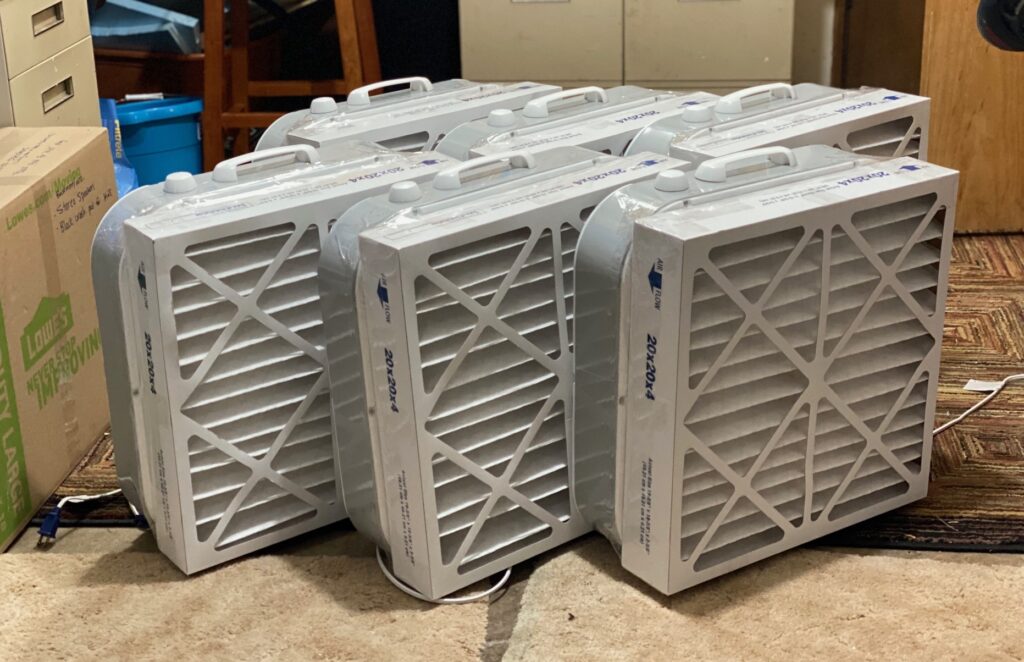
4. Lunchtime is one of the riskiest times of the school day for COVID infection. Where and how is your child eating?
When masks go off to eat, exposure increases. Breakfast, lunch and snack time can become breeding grounds for COVID-19 transmission.
Recommendation:
Experts strongly recommend that students eat lunch outdoors. When the weather is too cold to eat outside and officials say children students need to eat inside, experts recommend:
- Reduce eating time.
- No talking if possible, play music or a movie instead.
- Reduce the number of kids in the cafeteria at the same time.
- Increase distance between students.
- Open windows and doors to increase ventilation.
- Air out room between groups of children by staggering groups 15 to 30 minutes. An infected person doesn’t have to be in front of you to infect you. Aerosols can exist in the room for hours.
- Put additional portable HEPA filters in the eating room.
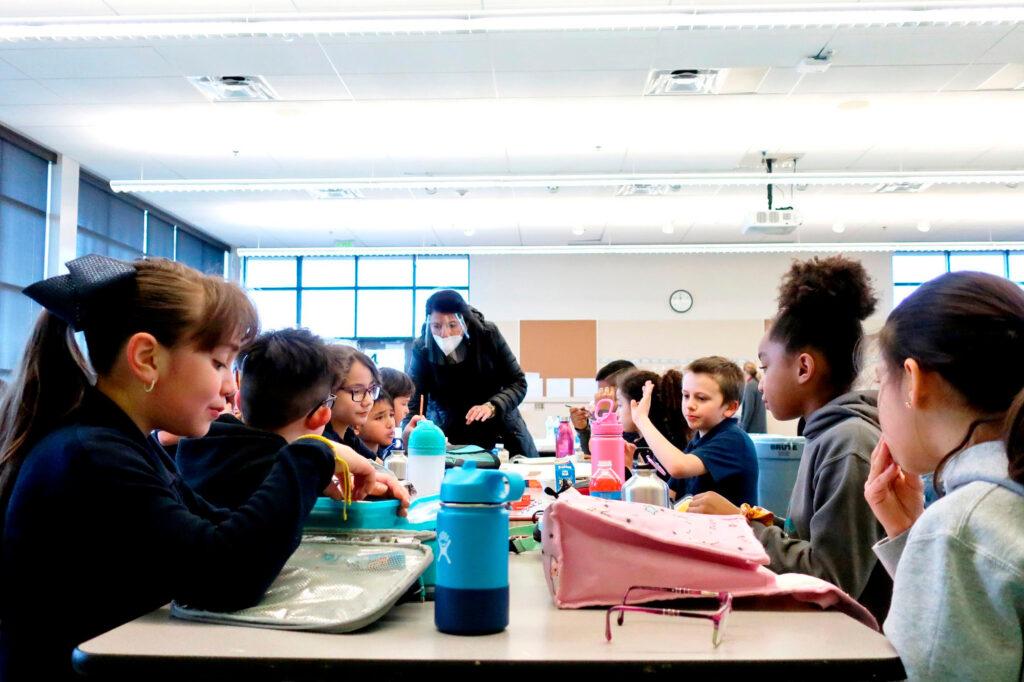
What schools may say and how scientists respond:
The Colorado Department of Education’s guidance for schools doesn’t mention lunchtime. And some districts prevent students from eating outside, saying it’s a logistical challenge.
"Eating lunch indoors in school is similar to having a pool full of children who hold their bladders all morning and then put them all in a hot tub and let them relieve themselves all at once," said DU’s Huffman.
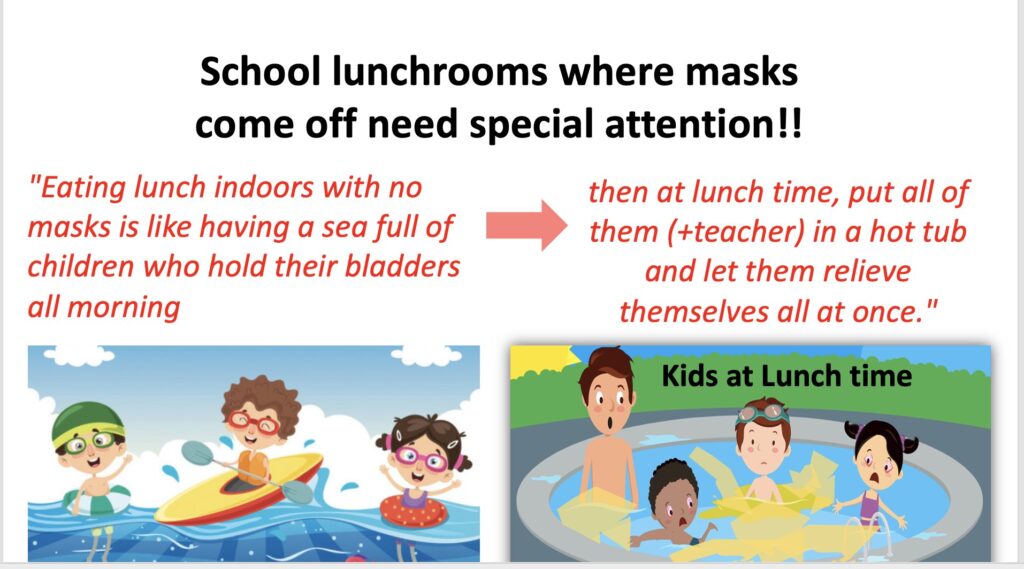
5. Does your school require masks?
Recommendation:
Experts say the Delta variant requires a good mask. Multiple studies show that masks are proven to reduce risk in classrooms. Masks work by filtration, not sieving.
“They do work, you can’t get around the physics of it,” said Linsey Marr, a Virginia Tech civil and environmental engineer who studies the airborne spread of viruses.
When buying a child’s mask, the priorities are comfort, fit (any leaks around the sides is like having a hole in your mask), and filtration. N95s don't fit well for kids. The KN95 (Chinese) and KF94 (Korean) do have children's sizes, but you have to watch for counterfeits. There are also cloth masks that include a built-in layer of filter material, which filter out more than 99 percent of particles if they fit well.
Where to get good kids masks:
Here are some recommendations on masks for kids, compiled by Virginia Tech’s Marr and Aaron Prussin, and other kids masks recommendations from the Clean Air Crew.
6. How much of other children’s exhales is your child breathing in?
Recommendation:
- Carbon dioxide monitors are a guide to how well ventilated a room is or how much of other people's exhalations children are breathing in. Full classrooms mean CO2 levels are likely higher, with students breathing in more of each other’s air. That means if there’s someone with COVID, the concentration of COVID particles in the enclosed space increases.
CO2 monitors, with measurements throughout the day, can help identify where more air-flow is needed, or changes to HVAC systems. All British schools will be getting monitors.
Some experts say it’s not a one-size-fits-all as classroom architecture differs, and they need to be installed thoughtfully. But others, like Douglas Bissonette, superintendent of the Elizabeth school district, said even a portable CO2 monitor can simply be a guide, a useful proxy for the amount of fresh air coming in.
“We have found it’s spiked in a couple of our rooms and it’s because our HVAC wasn’t working properly and then it served as an indicator for, ‘We need to get it fixed ... or we’re going to open windows.”
To see how your district responded to questions about what it has done regarding classroom air quality, click here.



